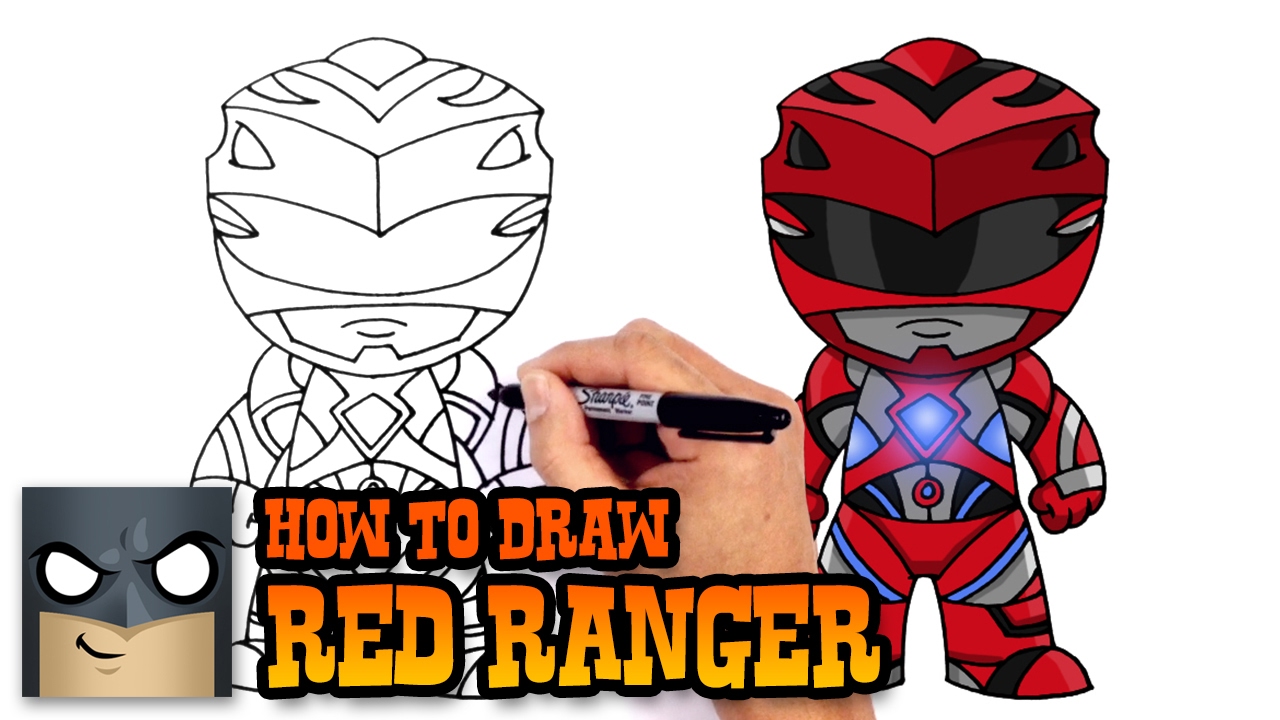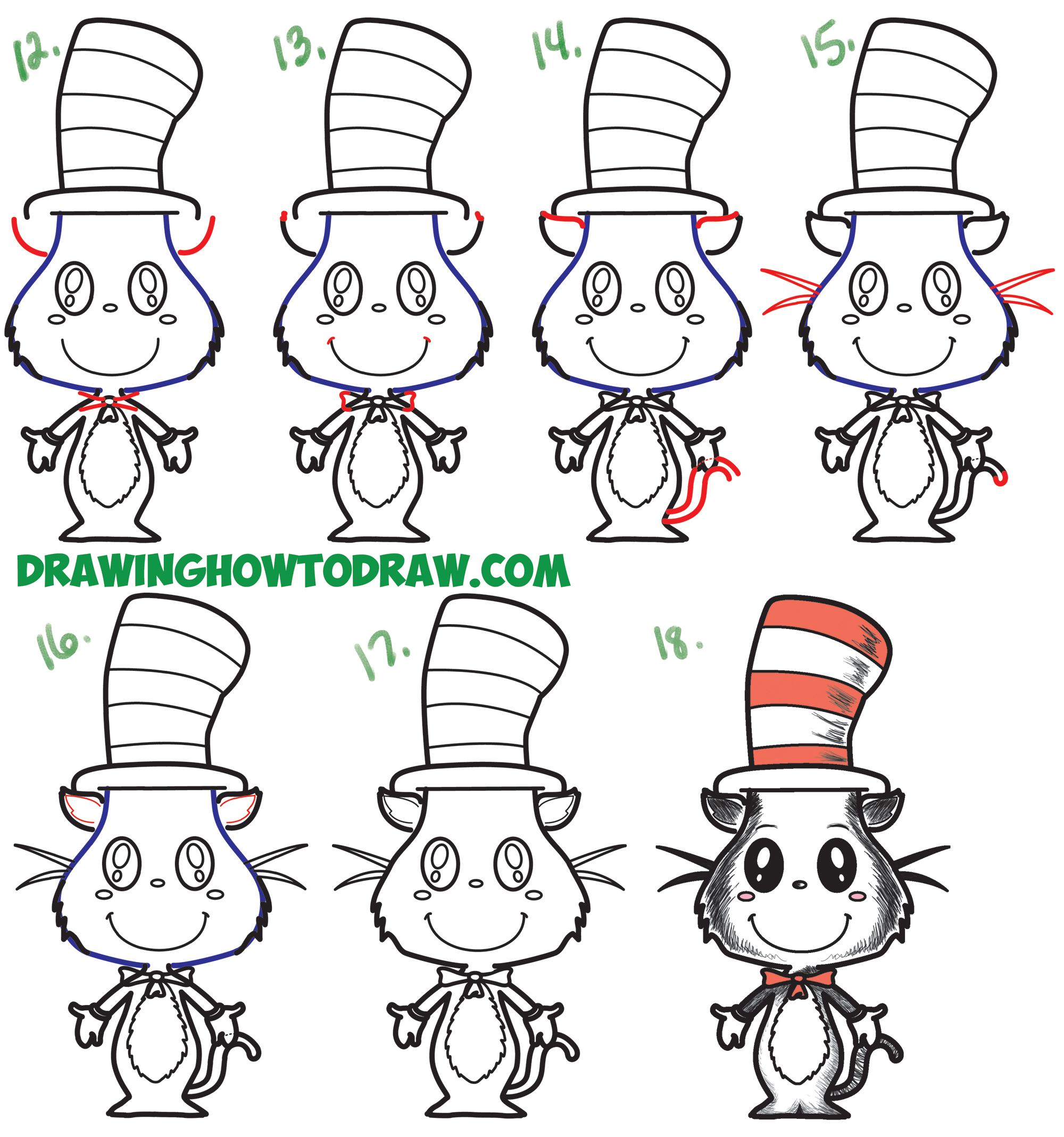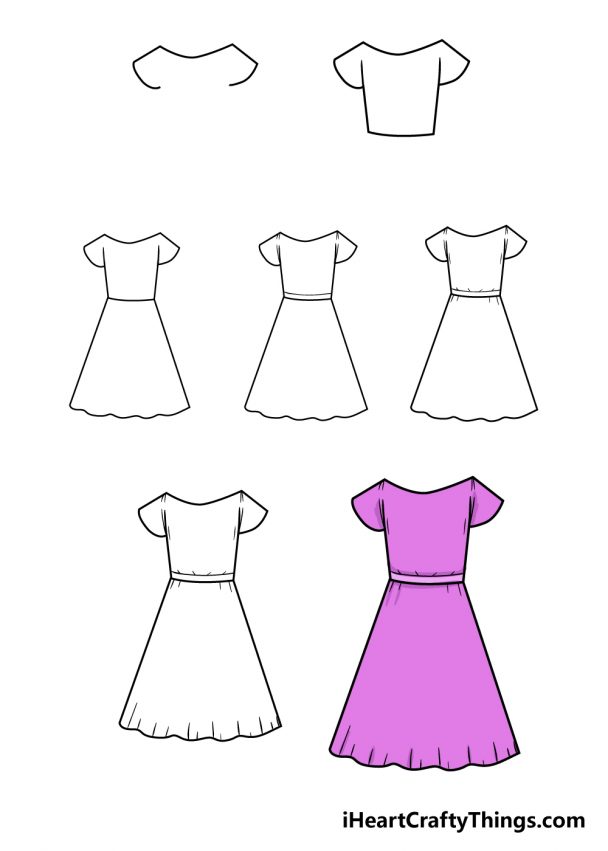Ice draw cube drawing water frozen easy drawingnow into drawings kids solid sketch step color tutorials visit polar caps state
Table of Contents
Table of Contents
Have you ever wanted to draw ice, but weren’t sure where to start? Drawing ice can be tricky, but with the right techniques, anyone can master it. In this post, we’ll explore different methods for drawing ice, from realistic to stylized, so you can create beautiful ice drawings that look like they’re melting right off the page.
The Pain Points of Drawing Ice
If you’re like most artists, you’ve struggled with how to create realistic-looking ice in your drawings. Whether it’s the complex texture or capturing the way light reflects off the ice, drawing ice can be a challenge. It’s easy to get stuck in a rut of repeating the same techniques over and over again, and you may feel like you’re not progressing with your artistic skills. All these factors can leave you feeling frustrated and demotivated.
Answer to Drawing Ice
The good news is that there are plenty of resources available to help you improve your ice drawing skills. From online tutorials to art workshops, the key is to never stop learning and practicing. As long as you have the passion and drive to improve, you will be able to create stunning ice drawings that capture the essence of this beautiful element.
Main Points to Consider
When creating ice drawings, it’s important to consider texture, light, and shadow. Texture is what gives ice its unique look, and you can achieve it through a variety of methods such as cross-hatching, stippling, or even using salt or sugar to create a crystalline effect. Light is another important factor to consider, as it plays a significant role in creating the illusion of melting ice. Pay attention to the way light reflects off the ice and use shading to create depth and form.
How to Draw Ice: Realistic Techniques
One technique for drawing realistic-looking ice is to start with a rough sketch of the ice shape. Then, using a fine-tipped pen or pencil, create lines that radiate from the center of the shape. Add shading to the areas where the lines meet to create a textured effect. Alternatively, you can use watercolors or acrylic paints to create a translucent effect, layering the colors to create the illusion of depth.
 Personally, I like to use the stippling technique when creating ice drawings. By using hundreds of tiny dots, you can create a unique, crystalline texture that really captures the essence of ice. Make sure to vary the size and spacing of the dots to create a more natural effect.
Personally, I like to use the stippling technique when creating ice drawings. By using hundreds of tiny dots, you can create a unique, crystalline texture that really captures the essence of ice. Make sure to vary the size and spacing of the dots to create a more natural effect.
How to Draw Ice: Stylized Techniques
If you prefer a more stylized approach to drawing ice, there are plenty of options available as well. You can use bold colors and angular lines to create an abstract, modern look, or simplify the shape and texture of the ice to create a cartoon-like effect.
 For example, you can use a series of triangles to create the shape of the ice, then add curved lines to create a melting effect. Use light pastel colors to create a soft, dreamy look, or bold colors for a more vibrant, eye-catching effect.
For example, you can use a series of triangles to create the shape of the ice, then add curved lines to create a melting effect. Use light pastel colors to create a soft, dreamy look, or bold colors for a more vibrant, eye-catching effect.
How to Draw Ice in Motion
If you want to take your ice drawings to the next level, consider adding movement and action to your pieces. By adding melting drips or cracks to your ice, you can create a sense of motion and excitement that really captures the essence of this element. Use bold lines and exaggerated shapes to create a dynamic, eye-catching look.
 #### Using Reference Images to Improve Your Ice Drawings
#### Using Reference Images to Improve Your Ice Drawings
The best way to improve your ice drawings is to practice, but it’s also helpful to use reference images to inspire and guide you. Look for photos of ice formations, such as glaciers or icebergs, to get a sense of the texture and shape of ice. You can also find tutorials and videos online that demonstrate different techniques for creating ice in your drawings.
Question and Answer
Q: How can I create a melting effect in my ice drawings?
A: To create a melting effect, add drips or cracks to your ice, and use shading to create a sense of depth and motion.
Q: What colors should I use for my ice drawings?
A: For realistic ice, use light blues and grays, and consider adding translucent layers of color to create depth. For stylized ice, feel free to experiment with bold, eye-catching colors.
Q: How do I make my ice look translucent?
A: Use watercolors or acrylic paints to create a translucent effect, and layer the colors to create depth. Alternatively, you can use stippling to create a crystalline texture.
Q: Can I draw ice using only pencils?
A: Absolutely! You can use a variety of shading techniques, such as cross-hatching, to create a textured, realistic effect.
Conclusion of How to Draw Ice
Drawing ice can be a challenging task, but with these techniques and tips, anyone can create beautiful, realistic ice drawings. Whether you prefer a more stylized look or a realistic approach, the key is to experiment, practice, and never stop learning. With these skills under your belt, you’ll be ready to create stunning ice drawings that inspire and captivate your audience.
Gallery
How To Draw Ice | DrawingNow

Photo Credit by: bing.com / ice draw cube drawing water frozen easy drawingnow into drawings kids solid sketch step color tutorials visit polar caps state
Ice Cubes Drawing At GetDrawings | Free Download
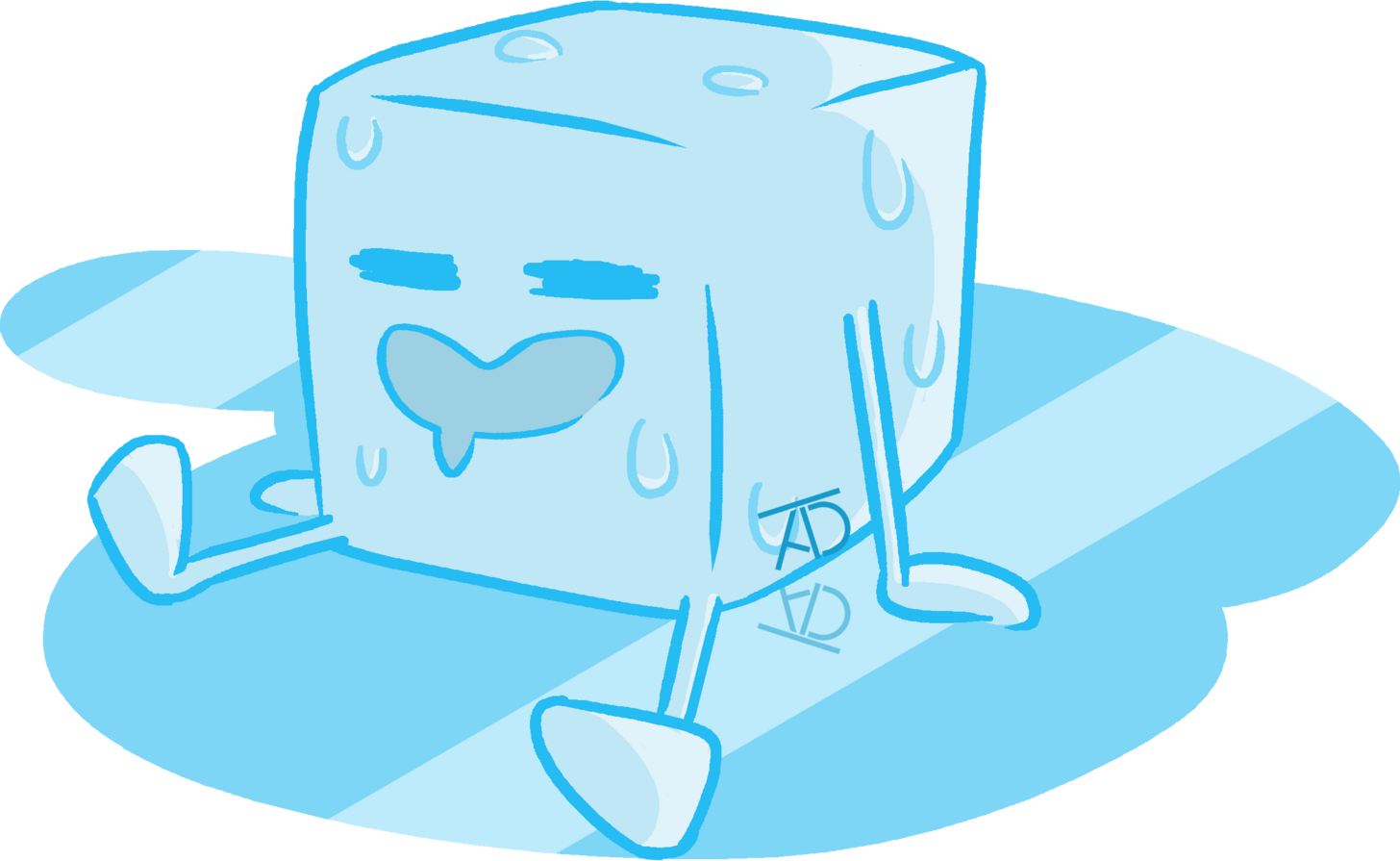
Photo Credit by: bing.com / ice cube drawing clipart cubes melting easy getdrawings draw transparent drawings lemonade pinclipart imgur webstockreview paintingvalley sun jun
Ice Drawing - How To Draw Ice Step By Step

Photo Credit by: bing.com /
Ice Tutorial By AceAlmansoori On DeviantArt

Photo Credit by: bing.com / ice drawing tutorial deviantart digital experiment favourites tools own add getdrawings
Ice Drawing - How To Draw Ice Step By Step
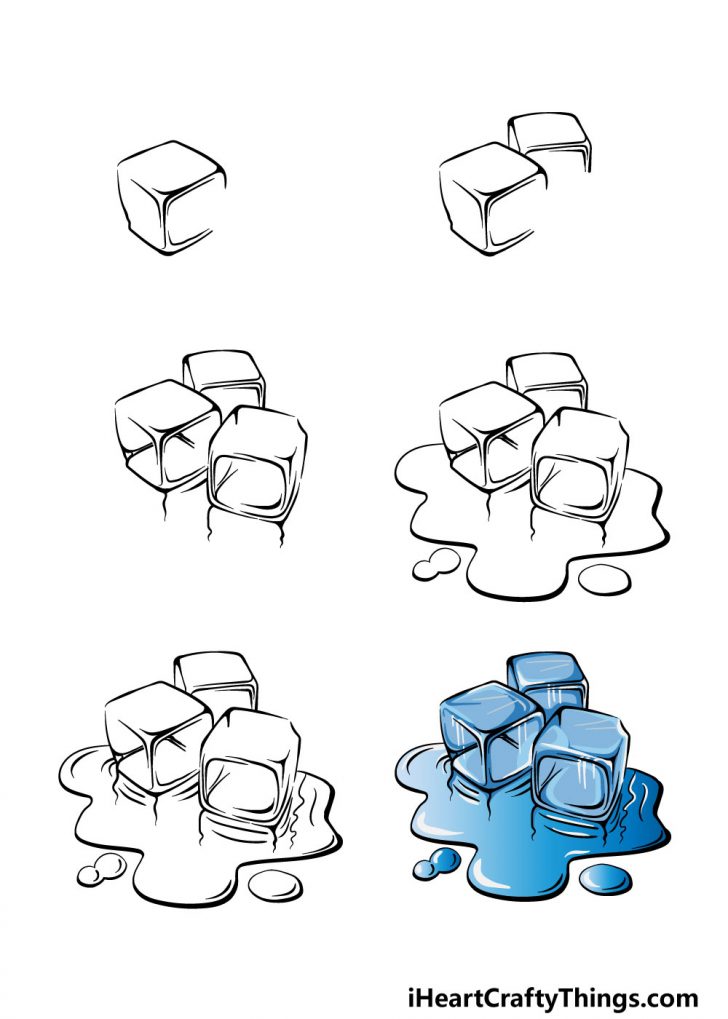
Photo Credit by: bing.com / iheartcraftythings


